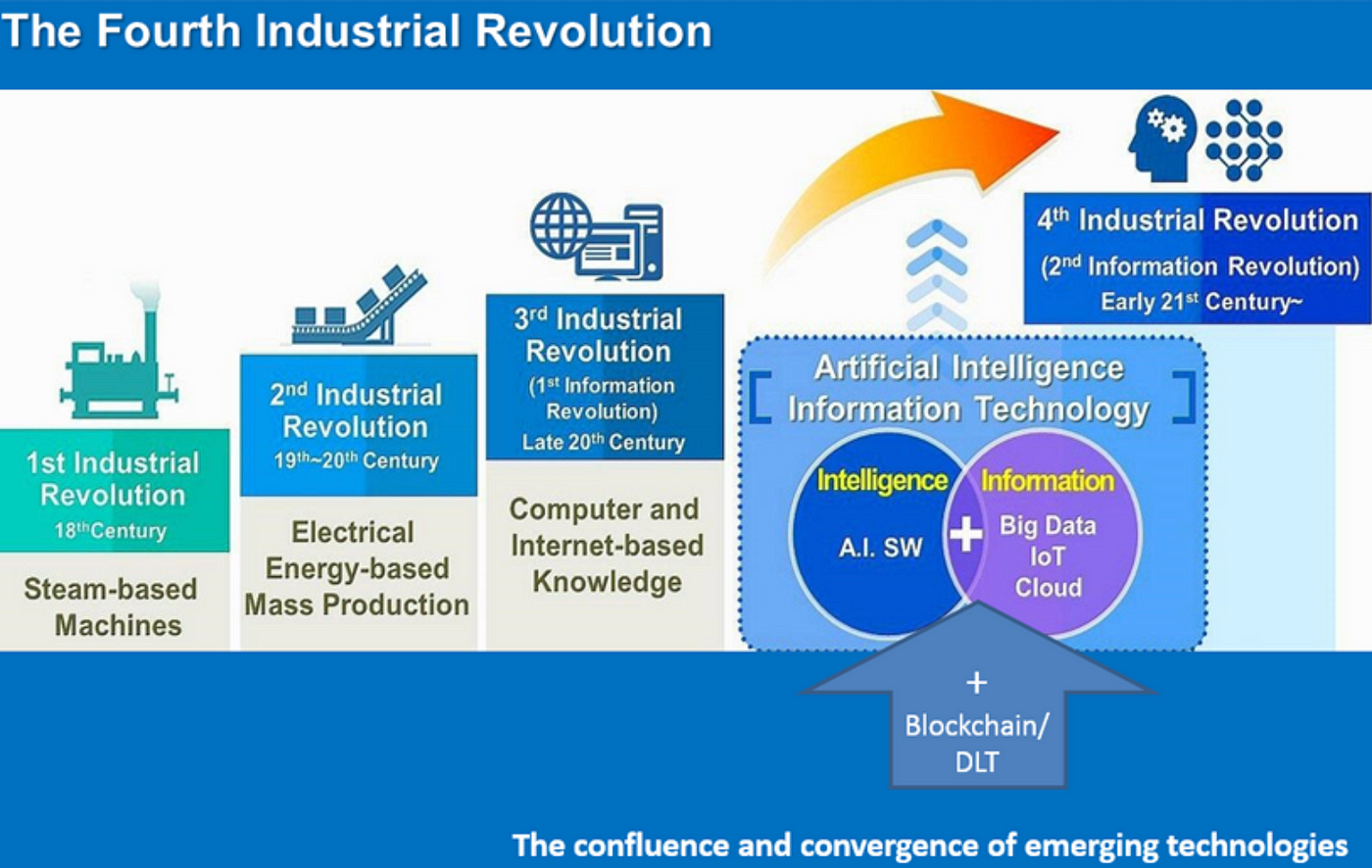Archive of ‘technology literacy’ category
automated proctoring
a law student sued an automated proctoring company, students have complained about their use in student newspaper editorials and professors have compared them to Big Brother.
ProctorU, which has decided not to sell software that uses algorithms to detect cheating
A recent Educause study found that 63 percent of colleges and universities in the U.S. and Canada mention the use of remote proctoring on their websites.
One reason colleges are holding onto proctoring tools, Urdan adds, is that many colleges plan to expand their online course offerings even after campus activities return to normal. And the pandemic also saw rapid growth of another tech trend: students using websites to cheat on exams.
++++++++++++++++
More on proctoring in this blog
https://blog.stcloudstate.edu/ims?s=proctoring
digital equity
https://www.govtech.com/network/infrastructure-bill-promises-historic-boost-for-digital-equity
The recently signed $1.2 trillion federal infrastructure package includes $2.75 billion for digital equity and inclusion work, delivering an investment that advocates are calling unprecedented and historic.
Within the $65 billion going toward broadband, the $2.75 billion for digital equity and inclusion is set for two programs made up of grants. First, the money will go toward a digital equity capacity grant program for states.
+++++++++++++++++++++
More on digital equity in this blog
https://blog.stcloudstate.edu/ims?s=digital+equity
Education 4.0


+++++++++++++++++++++++++++++++++
https://www.weforum.org/projects/learning-4-0
Based on the framework developed in Schools of the Future: Defining New Models of Education for the Fourth Industrial Revolution, the Education 4.0 initiative aims to better prepare the next generation of talent through primary and secondary education transformation. The initiative will drive impact through four interconnected interventions:
- Implementing new measurement mechanisms for Education 4.0 skills
- Mainstreaming technology-enhanced Education 4.0 learning experiences
- Empowering the Education 4.0 workforce
- Setting Education 4.0 country-level standards and priorities
+++++++++++++
more on education 3.0 and 2.0
https://blog.stcloudstate.edu/ims/2014/03/16/education-2-0-vs-education-3-0/
Gamification as Design Thinking
It is likely that the effects of gamification cannot easily be measured satisfactorily through surveys of motivation, engagement, attendance, or grades because there are too many variables that could affect how students respond. Critics of gamification argue that it over
simplifies complex problems (Bogost, 2015; Robertson, 2010). However, both gamification and design thinking are approaches to problem-solving. With design thinking, gamification may be used in more meaningful ways because design thinking offers a different lens through which to conceptualize the problem.
bookwidgets
Accessible Technology and the Developing World
Video: Harvard Law School Library BookTalk: “Accessible Technology and the Developing World”
productivity based on ML and AI
Artificial intelligence (AI) training costs, for example, are dropping 40-70% at an annual rate, a record-breaking deflationary force. AI is likely to transform every sector, industry, and company during the 5 to 10 years.
— Cathie Wood (@CathieDWood) October 25, 2021
Artificial intelligence (AI) training costs, for example, are dropping 40-70% at an annual rate, a record-breaking deflationary force. AI is likely to transform every sector, industry, and company during the 5 to 10 years.
+++++++++++++++++
More on artificial intelligence in this blog
https://blog.stcloudstate.edu/ims?s=artificial+intelligence+education
Time Machine Europe
outside of the box not enough
1. The accessibility of online.
2. The importance of the tangible.
3. The priority of integration.
+++++++++++++++
more on higher ed in this IMS blog
https://blog.stcloudstate.edu/ims?s=higher+ed